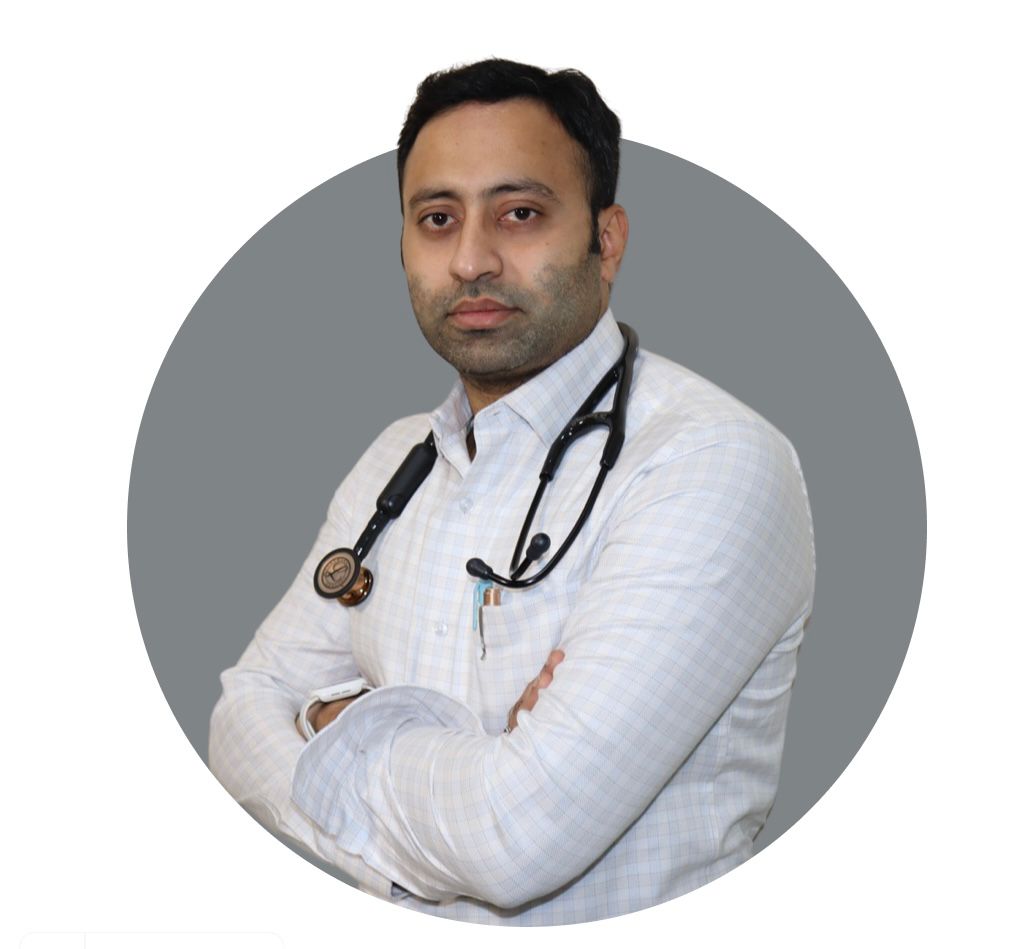- 63.9k views
Paraquat Poisoning
Paraquat poisoning is a medical emergency resulting from exposure to paraquat, a potent and highly toxic herbicide commonly used in agriculture. The poison can enter the body through ingestion, inhalation, or skin contact, and even small amounts can be lethal. Once absorbed, paraquat generates reactive oxygen species that cause extensive cellular damage, particularly in the lungs, liver, and kidneys. Initial symptoms of paraquat poisoning include severe abdominal pain, nausea, vomiting, and diarrhea, often with blood. As the condition progresses, it leads to respiratory distress, acute kidney injury, liver failure, and potentially fatal pulmonary fibrosis. Inhalation can cause severe lung damage, while skin contact may lead to burns and systemic toxicity if not promptly treated.Diagnosis is primarily based on the history of exposure and clinical symptoms, supported by laboratory tests that detect paraquat in blood or urine. Unfortunately, there is no specific antidote for paraquat poisoning. Treatment focuses on reducing further absorption of the toxin—typically through gastric lavage, activated charcoal, or Fuller's earth—and supportive care to manage symptoms and complications. This may include oxygen therapy, dialysis for kidney failure, and other intensive care measures.Due to its extreme toxicity and the lack of effective treatments, paraquat use is highly restricted and banned in many countries. In regions where it is still used, strict safety protocols are enforced to minimize the risk of exposure.
About the Speaker

Dr. Ranjith Ravella
Internal Medicine Consultant at KHIMS Hospital, Khammam
Dr. Ranjith Ravella is a distinguished medical professional with an MBBS and MD in General Medicine from Father Muller Medical College, Mangalore. Currently serving as an Internal Medicine Consultant at KHIMS Hospital in Khammam, he has held significant academic roles, including Assistant Professor at Mamatha Medical College, Khammam, and former Assistant Professor at Apollo Medical College, Hyderabad. Dr. Ravella also gained valuable experience as a Non-Academic Junior Resident at AIIMS, New Delhi. His exemplary service has been recognized with the prestigious 'Seva Ratna award' from the Mother Teresa Foundation in Hyderabad. Additionally, his contributions to medical research have been honored with the 'Young Research Scholar Grant' from the International Digestive Disease Forum (IDDF) in Hong Kong.
Upcoming Case Discussions
Impact of Endometriosis on Fertility
Endometriosis, a condition where endometrial-like tissue grows outside the uterus, can significantly impact fertility. It causes inflammation, scarring, and adhesions that may distort pelvic anatomy, block fallopian tubes, and impair ovarian function. Endometriosis is also linked to hormonal imbalances and poor egg quality, reducing the chances of conception. Symptoms like chronic pelvic pain and painful intercourse further complicate fertility. Diagnosis often requires laparoscopy, while management includes pain relief, hormonal therapy, and assisted reproductive techniques like IVF. Early intervention with medical or surgical treatment can improve reproductive outcomes, but severe cases may necessitate advanced fertility treatments for conception.
Hyperlipidemia: From Diagnosis to Treatment
Hyperlipidemia is a condition characterized by elevated levels of lipids, such as cholesterol and triglycerides, in the blood, which can increase the risk of cardiovascular diseases. Diagnosis typically involves blood tests measuring lipid profiles, while treatment focuses on lifestyle changes, such as diet and exercise, alongside medications like statins to manage cholesterol levels and reduce cardiovascular risk. Regular monitoring is essential for effective management and prevention of complications.
Acne: Disorders and Treatment Approaches
Acne is a common dermatological condition caused by clogged pores, excess sebum production, bacterial growth, and inflammation. It can manifest as blackheads, whiteheads, papules, pustules, or cysts, often leading to scarring if untreated. Various factors, including hormonal changes, diet, stress, and genetics, influence its severity. Treatment approaches range from topical and oral medications, such as retinoids, antibiotics, and hormonal therapy, to advanced procedures like chemical peels and laser therapy. A personalized skincare regimen, along with lifestyle modifications, plays a crucial role in managing and preventing acne.
Lung Ultrasound in Acute Respiratory Failure
Lung ultrasound has emerged as a vital, non-invasive tool in the rapid assessment of acute respiratory failure. It provides real-time imaging to differentiate conditions like pneumonia, pulmonary edema, pneumothorax, and pleural effusion with high accuracy. Compared to traditional chest X-rays, lung ultrasound offers superior sensitivity, especially in critically ill patients where bedside evaluation is crucial. Its ability to guide immediate clinical decisions improves patient outcomes and reduces unnecessary radiation exposure. With standardized protocols like the BLUE (Bedside Lung Ultrasound in Emergency) protocol, it enhances diagnostic efficiency in emergency and ICU settings.
Gallstone Disease & Cholecystitis: When to Operate?
iGallstone disease and cholecystitis are common conditions requiring careful evaluation to determine the need for surgery. Symptomatic gallstones causing recurrent pain, nausea, or complications like cholecystitis often necessitate cholecystectomy. Acute cholecystitis, characterized by inflammation, fever, and right upper quadrant pain, typically requires early surgical intervention to prevent complications like perforation or sepsis. In high-risk patients, conservative management with antibiotics and drainage may be considered. Elective surgery is recommended for asymptomatic patients with high-risk factors, such as large gallstones or gallbladder polyps, to prevent future complications.






